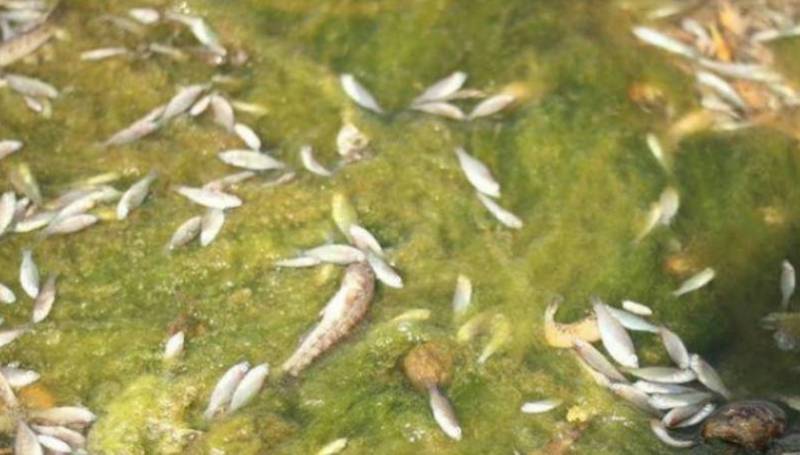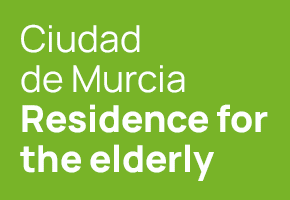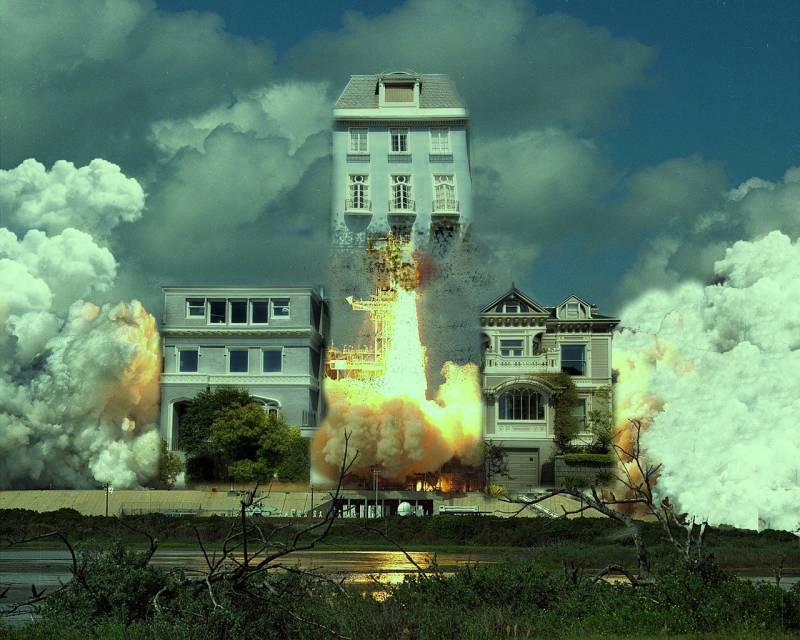- Region
- Vega baja
- Marina Alta
- Marina Baixa
- Alicante
- Baix Vinalopo
- Alto & Mitja Vinalopo
-
ALL TOWNS
- ALICANTE TOWNS
- Albatera
- Alfaz Del Pi
- Alicante City
- Alcoy
- Almoradi
- Benitatxell
- Bigastro
- Benferri
- Benidorm
- Calosa de Segura
- Calpe
- Catral
- Costa Blanca
- Cox
- Daya Vieja
- Denia
- Elche
- Elda
- Granja de Rocamora
- Guardamar del Segura
- Jacarilla
- Los Montesinos
- Orihuela
- Pedreguer
- Pilar de Horadada
- Playa Flamenca
- Quesada
- Rafal
- Redovan
- Rojales
- San Isidro
- Torrevieja
- Comunidad Valenciana
Date Published: 13/10/2025
Mar Menor takes another battering from Storm Alice
The Murcia lagoon was hit by up to 100,000 litres per second of sediment-filled freshwater during Friday's intense rainfall

Once again, one of the biggest victims of DANA Alice’s passage through the Region is the Mar Menor, which has received an influx of thousands of litres of freshwater filled with sediment and nutrients. It's absolutely the last thing the fragile ecosystem needs after showing such promising improvements over the summer.
The president of the regional government, Fernando López Miras, expressed his concern over this new discharge into the salt lagoon. At times during the early hours of Friday morning, the Mar Menor was deluged with peaks of up to 48,500 litres per second from the Albujón ravine, according to data from the Segura Hydrographic Confederation.
If the other channels in the catchment area are added in, there were moments when as much as 100,000 litres per second of nutrient rich freshwater flowed into the lagoon, according to the president.
Given these figures, the amount collected by the storm tanks built in the area by the regional government, which managed to retain 200,000 cubic metres or "the equivalent of 55 Olympic swimming pools," seems almost negligible.
However, the regional president pointed out that the salt lake is "the best and most closely monitored ecosystem in the world," so we’ll soon know more details about the magnitude of the impact that Alice has had on its stability.
The Spanish Institute of Oceanography (IEO) has already begun work on this task and a detailed report is expected from as early as Monday afternoon.
Ángel Pérez Ruzafa from the Scientific Advisory Committee of the Mar Menor admitted that the new discharge "is not the best thing that could have happened, but it doesn't necessarily have to lead to a collapse either."
He pointed out that the amount of freshwater received on Friday night and Saturday morning was "much less" than that of the September 2019 DANA episode, which is cited as the main cause of the first mass fish die off that occurred a month later. In this sense, Mr Ruzafa sees the situation as similar to that which occurred in March 2025, "which the Mar Menor was able to assimilate."
The problem, according to the expert, is that the influx of nitrates into the salt lake doesn't stop with the end of the rains.
"As the aquifer recharges, it will continue to receive water for the next few days and even weeks."
In other news: The silent threat pushing the Mar Menor towards collapse
Image: Pacto por el Mar Menor
Contact Murcia Today: Editorial 000 000 000 /
Office 000 000 000



































